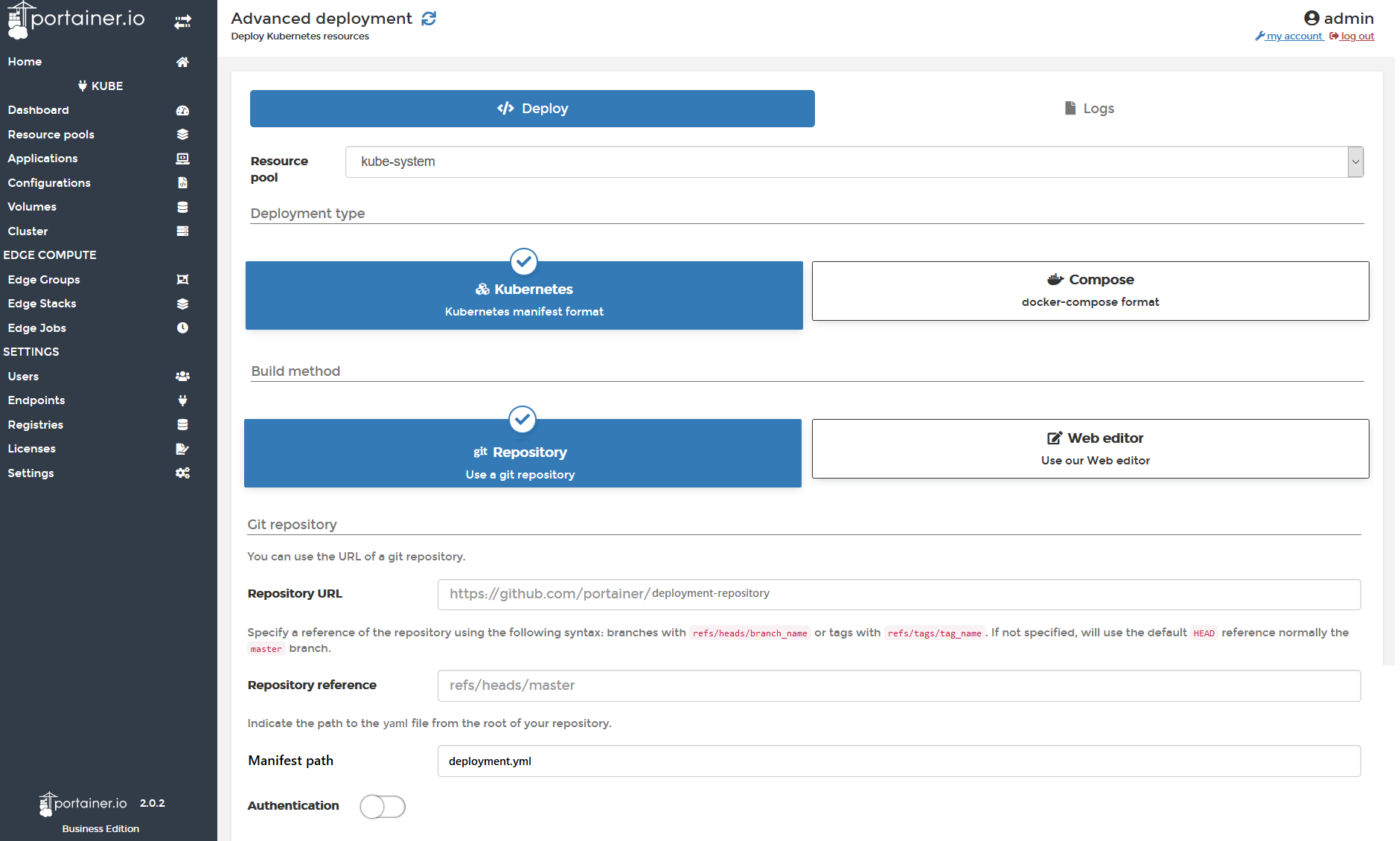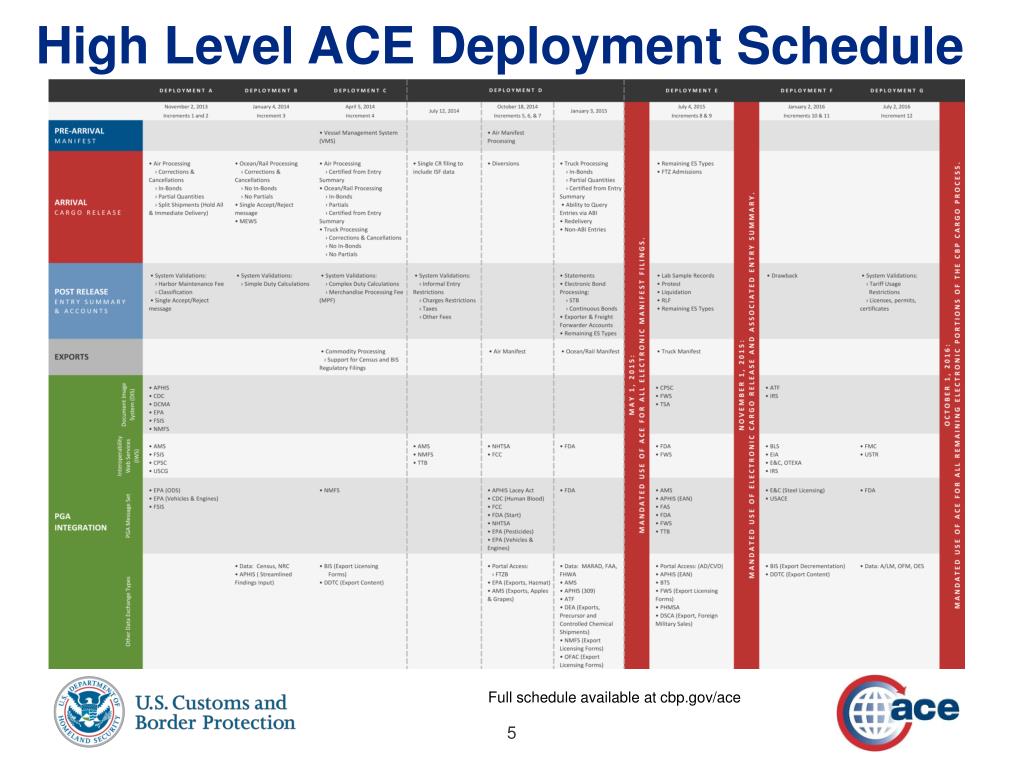
On the Signing page that I mentioned earlier, you are able to specifiy a specific certificate to sign your manifests. If you have your project open in VS 2005, you should be able to right click on your project node in the solution explorer window and select "Publish" and a publishing wizard should launch and guide you through the click once process. Looks like you are trying to publish (click once) your app without using the UI functionality that is built into VS. This might get the personal cert store open for you. In the Standalone tab, click the Add button.and from the Add Snappin dialog select Certificates and then you will be prompted and should select "My User Account" and. Under the File menu, select Add/Remove Snappin. Are you running on the w2k platform by chance? You might also try this way of getting to your certmgr. You will need to add this snippet to your Manifest, so the next time you create a DAR package, the Log Disk Usage command is included.Sorry about your half dead certmgr. This is how the above example looks like in Manifest format: Name: Log Disk Usage
#Deployit manifest how to
NOTE: For extensive coverage on how to create Deployit DARs, see the Packaging Manual We do this by editing the Manifest.MF file, that is used to create the application package DAR file. But now we want to make the changes more permanent, so other versions of the same application can use it as well. We did our changes in the UI, because it's easier to see what's going on and the development cycle (edit-test-refine) is faster. When executing the deployment, we will see the output of the df command in the logs: Now redo the deployment and we will see that the step has moved: Go to the Repository tab and open the Log Disk Usage command. So if we want to move the step to the end of the list, we have to change the order value to 100. As described in the Steplist section of the Reference manual, plugins contribute steps with order values between 0 and 100. The steps in the step list are ordered by weight. When doing a deployment, we will see that the step has been added:ĭon't start the deployment just yet - we want to to move the step to the end, so we will see the disk usage after deployment. Note that the command will be mapped to an Overthere Host, so make sure the environment you deploy to contains the overthere.SshHost (or equivalent) Tomcat is running on. In our case, that would be deploying PetClinic war 1.0 to Tomcat. Go to the Deployment tab and start a deployment of the version you just added the command to.

We will name the command 'Log Disk Usage' and issue df -H.Īfter saving, the command is ready to be used in a deployment! Go to the Repository tab, find the PetClinic-war under Applications, and right click a version to add a new command. Make sure the command-plugin-X.jaris copied to the plugins folder of the Deployit Server home directory. We will be adding the command using the Command Plugin.

We will assume a simple setup for the PetClinic war, that will be deployed to a Tomcat server. using the Automap button, you get the disk usage of every host in the environment)

For a deployment, Deployit calculates the step list based on your model.



 0 kommentar(er)
0 kommentar(er)
